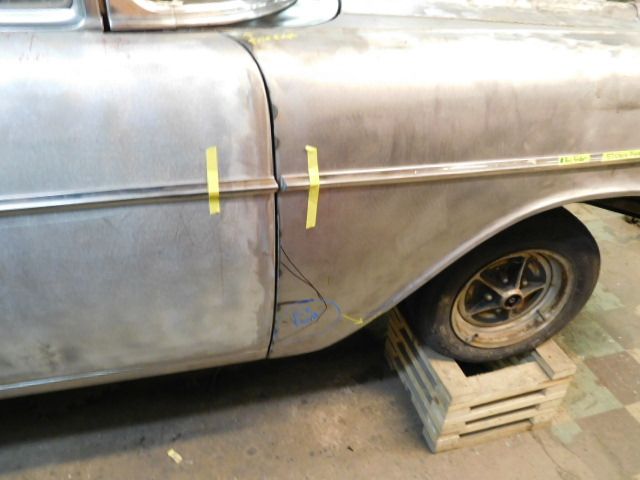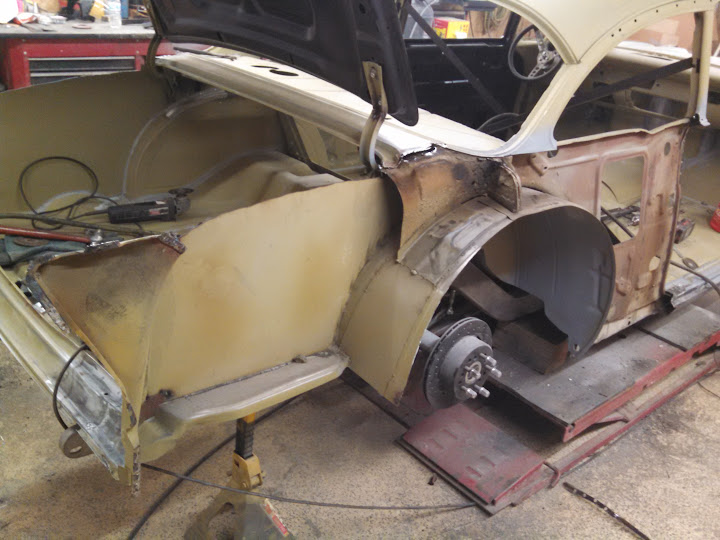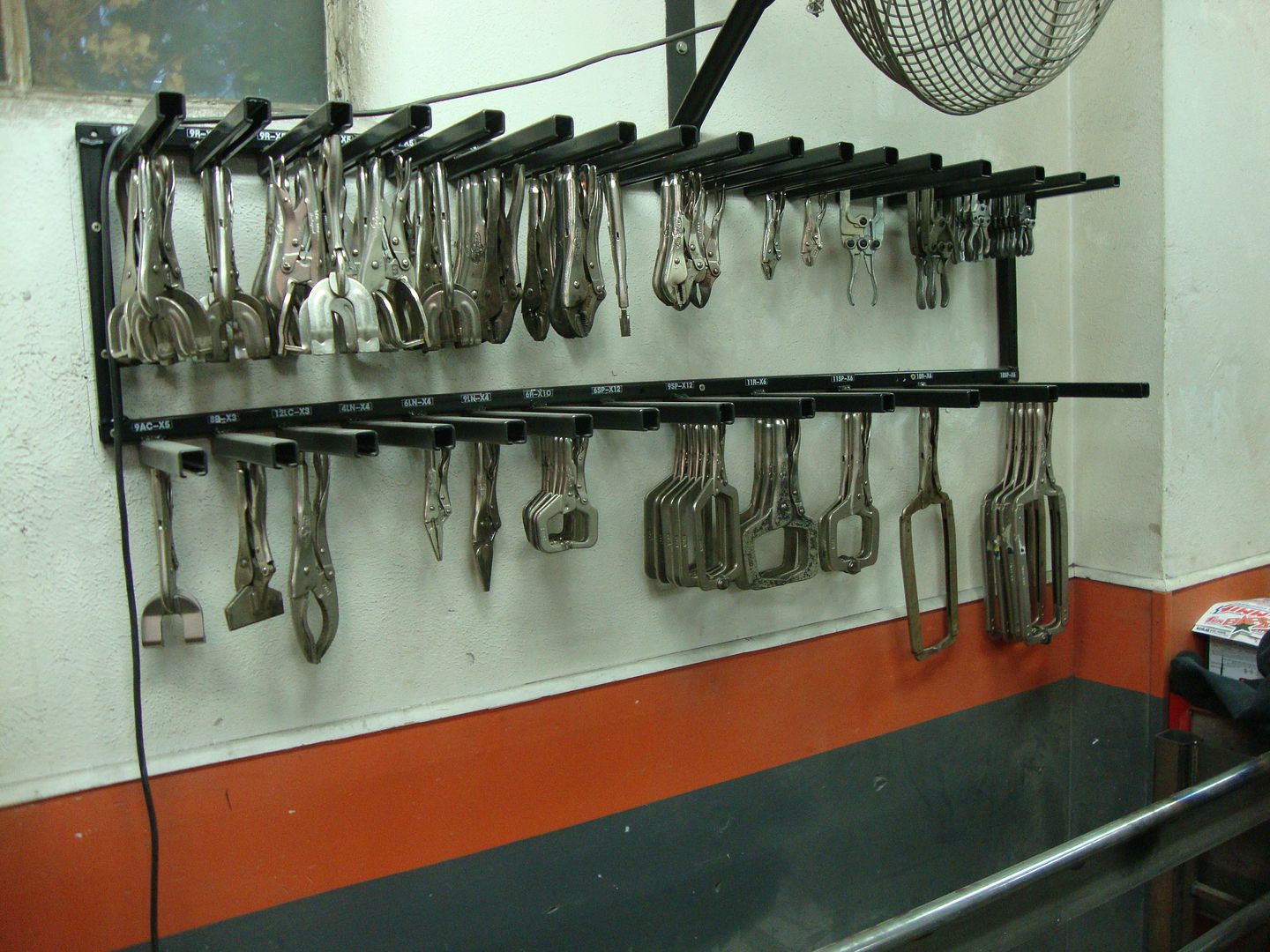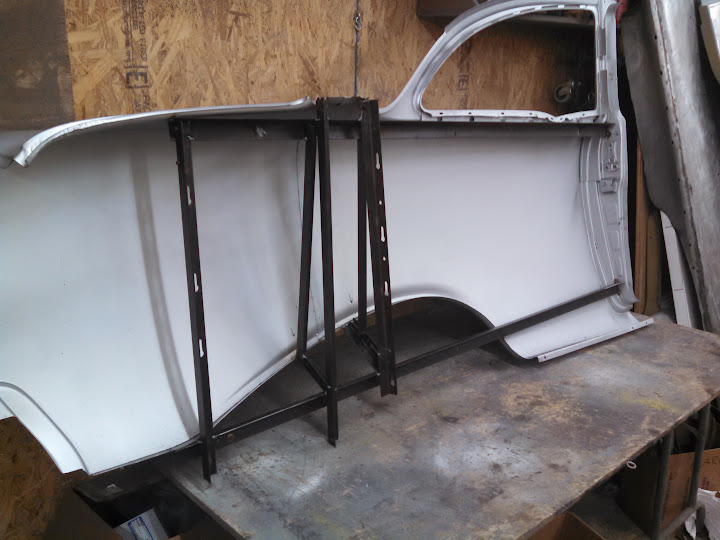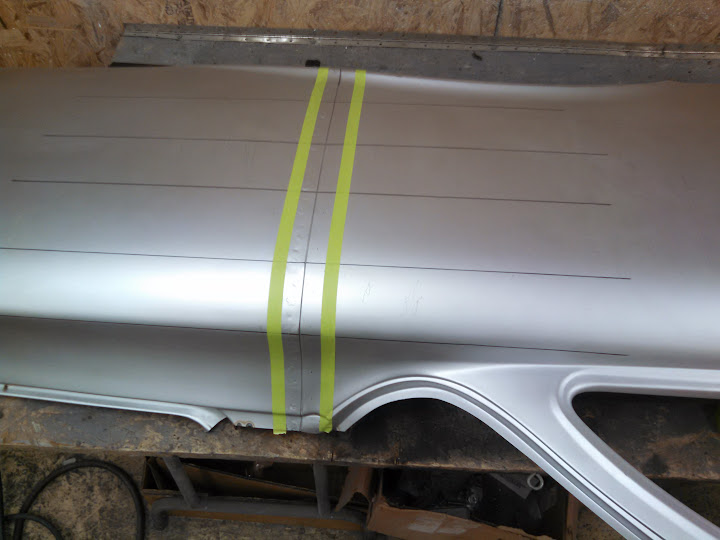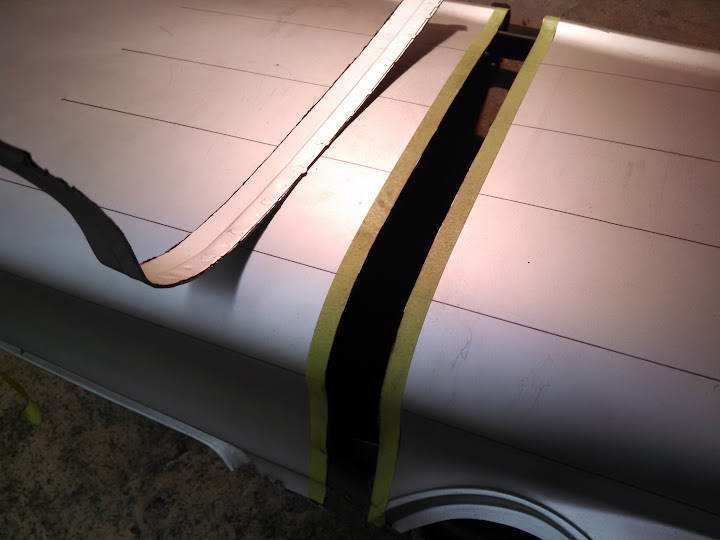jlcustomz
evil painter
There is no such thing as perfect & every great person at their trade has to try extra hard to achieve a result less than truly perfect. Even though that result may not look less than perfect to others, such is the thought & effort level needed to get to such a level.Outlaw;n79511 said:Its nice to be around guys who have their heart in this. I only hope I can get close to the work I see in this thread.
As long as the main important aspects of metal work come out good enough, proper enough bodywork & paint skills on top of that can result in a finished project far greater than all the average finished projects out there.

